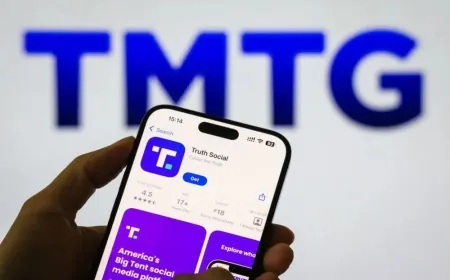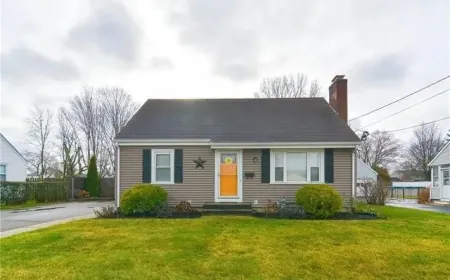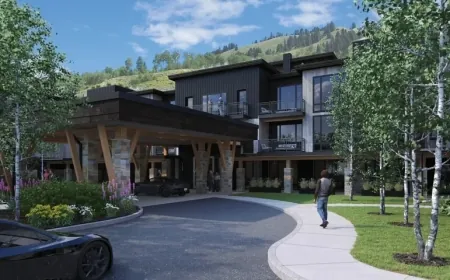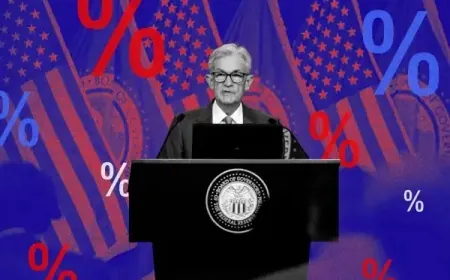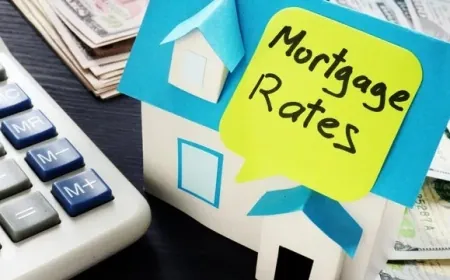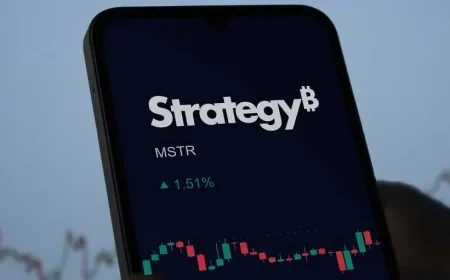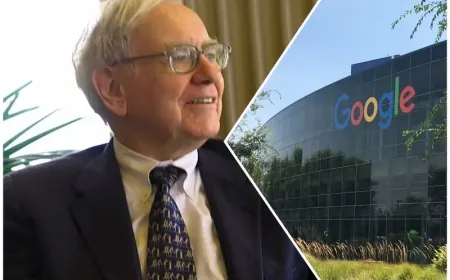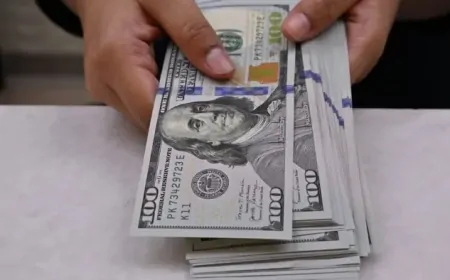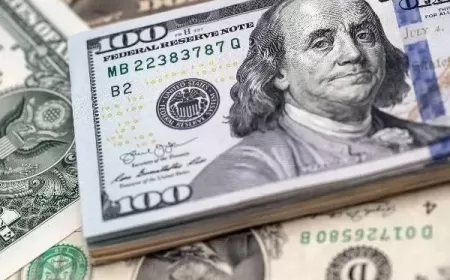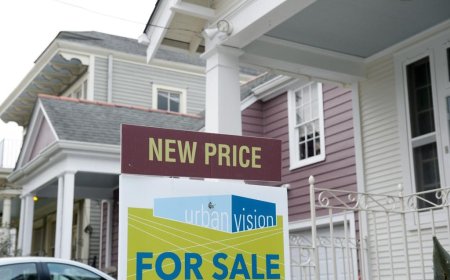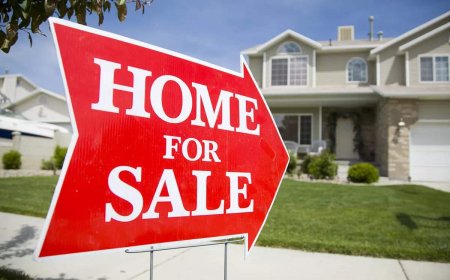Home Sellers Set High Prices, But Buyers Are Holding Back in 2025 Housing Market
Home listings surge but sales slow in spring 2025 as sellers overprice and buyers wait for deals. Price cuts, longer days on market rise nationwide.
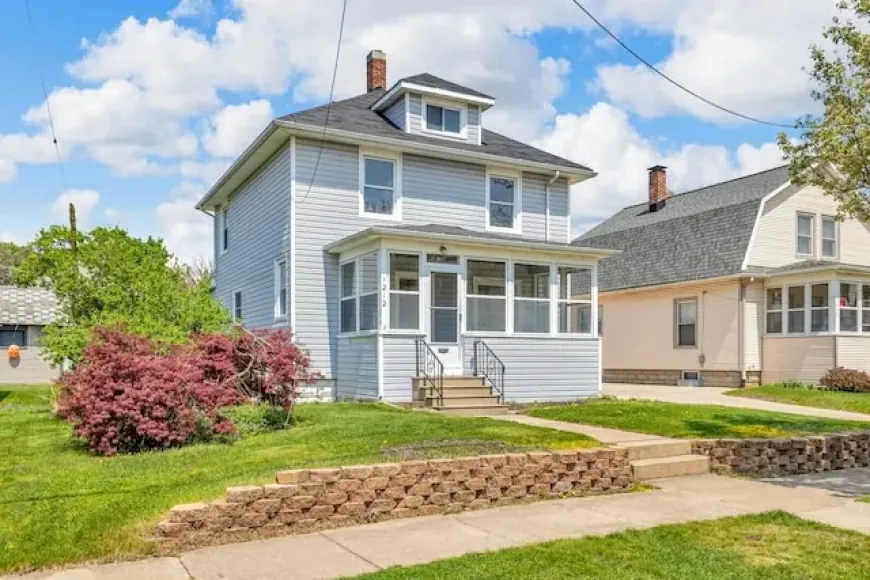
The U.S. housing market is showing signs of a power shift. As the traditionally busy spring season unfolds, sellers are flooding the market with new listings—often at prices that reflect 2021's frenzied boom. But in 2025, buyers are more selective, cautious, and cost-conscious.
According to Realtor.com, nationwide for-sale inventory climbed by about 30% in April compared to the same month last year. Despite the influx of homes hitting the market, home sales are down, as many listings sit unsold for weeks. Nearly 25% of listings had price cuts in April, the highest share recorded by Zillow since 2018, indicating sellers are adjusting to a more measured reality.
Why Sellers Are Overpricing
Real estate professionals point to “aspirational pricing”—where sellers list homes based on past highs rather than current market conditions—as a key reason for slowing transactions.
“A lot of sellers still think it’s 2021 or 2022,” said Eve Metlis, a Realtor at Watson Realty Corp. in Orlando. “I call it aspirational pricing.” In her region, inventory rose 42% year-over-year, but closed sales dropped by 11%.
In cities like Kansas City, Orlando, and Denver, agents report that homes priced even slightly above market value are lingering. Price reductions, extended time on market, and an increase in seller concessions are becoming the norm.
Why Buyers Are Hesitating Despite More Choices
Meanwhile, buyers are facing an entirely different reality. Though mortgage rates have come down slightly from last year, they remain historically high compared to pre-pandemic levels. Combined with elevated home prices and rising living costs, affordability remains a major challenge for many, especially first-time buyers.
In March, the median list price of newly listed homes hit a record $469,729, according to Redfin. But the actual sale price was nearly 9% lower, showing that buyers are pushing back on overpriced homes. That price gap hasn't been this wide since May 2020, during the uncertainty of early pandemic lockdowns.
Even with modest improvements in income and slight drops in interest rates, the cost of homeownership is still significantly out of reach for many.
According to the National Association of Realtors (NAR), affordability hit a 30-year low in 2024, and while there’s some improvement in 2025, the market has not normalized.
How Long Homes Are Taking to Sell
Another key metric, “days on market,” has been creeping up. In April, homes spent an average of 50 days on the market, which is 20 days longer than during the peak of the pandemic housing frenzy in 2022. This gives buyers time to compare properties, negotiate harder, and avoid bidding wars.
Tip for Sellers: Pricing a home correctly from the start is more important than ever. Overpriced listings risk going stale and often sell for less after price drops and extended time on the market.
Where Buyers Still Face Competition
Despite national trends, some markets—particularly in the Northeast and urban cores—remain competitive. In places like Philadelphia, inventory has increased less than the national average, and homes still go under contract in as little as eight days.
Sadiyah Cook, a 23-year-old first-time buyer outside Philadelphia, was able to negotiate concessions on multiple properties, even in a tight market. “Four of the 15 sellers we approached were willing to cover closing costs,” she said. She and her husband ultimately closed on a fully renovated home after negotiating favorable terms.
In densely populated areas with limited new construction due to zoning restrictions, the market continues to lean in favor of sellers—especially for homes in move-in-ready condition.
A Market in Transition
This spring's housing market is a tug-of-war between homeowner equity and buyer affordability. Many sellers feel justified asking for top dollar due to equity growth and low mortgage balances. But buyers, especially younger and first-time purchasers, are more sensitive to rates and monthly payment thresholds.
Expert Outlook: Real estate economists predict continued pricing pressure through the summer of 2025. More listings are expected in June and July, with a likely market cooldown beginning in September, as seasonal demand drops and interest rate trends clarify.
Advice for Buyers and Sellers in 2025
For Sellers:
Don’t fall into the trap of pricing your home too high just because the market’s been hot before. Work closely with an experienced agent who knows your neighborhood well and can help set a price that actually sells. Think about sweetening the deal — offering to cover some closing costs or help with mortgage points can make buyers take a closer look. Remember, waiting too long to drop the price only scares buyers away.
For Buyers:
Be ready to play the long game. Get pre-approved so you know exactly what you can afford and avoid falling in love with homes outside your budget. Look for homes that have been sitting for a month or more — sellers there might be open to offers or extras like repairs or closing help. Stay calm, rely on facts, and don’t be afraid to negotiate — a thoughtful offer often wins over a quick, emotional bid.
The current housing market isn’t tilted sharply in favor of buyers or sellers—it’s more of a chess match. Sellers can no longer rely on bidding wars or sky-high list prices to close a deal, while buyers have more room to negotiate but still face affordability limits. Success in 2025 comes down to being realistic, flexible, and well-informed. Whether you're buying your first home or selling one you've outgrown, timing, preparation, and strategy matter more than ever.
Also Read: Florida Home Prices Are Falling — Is It Smart to Buy Now in 2025?



















